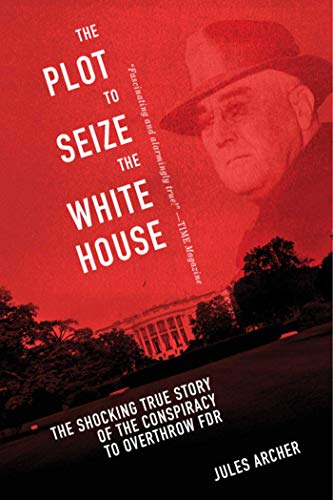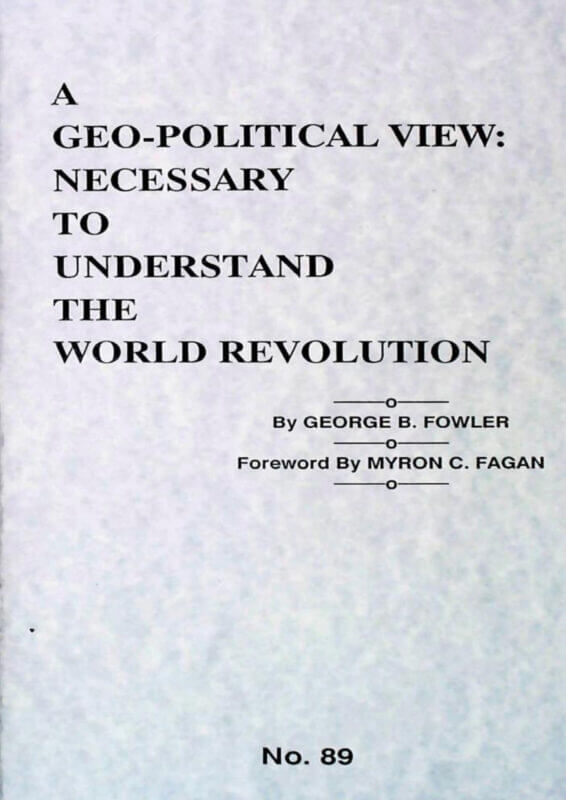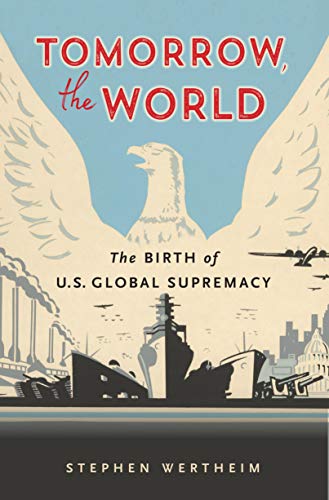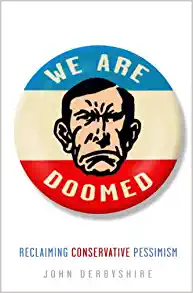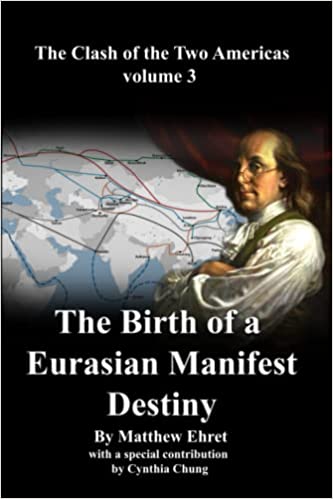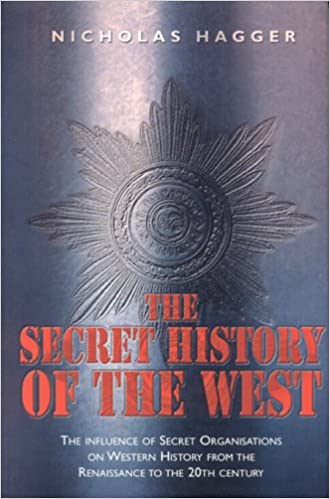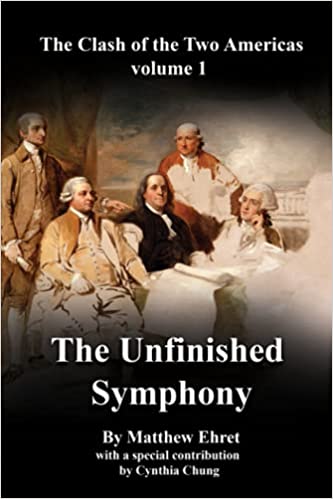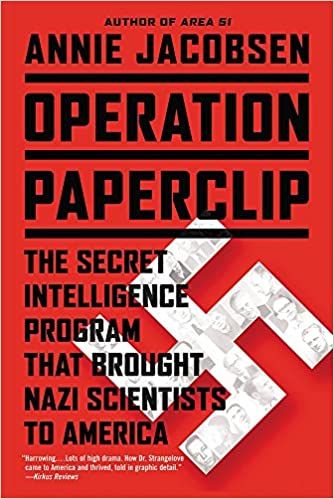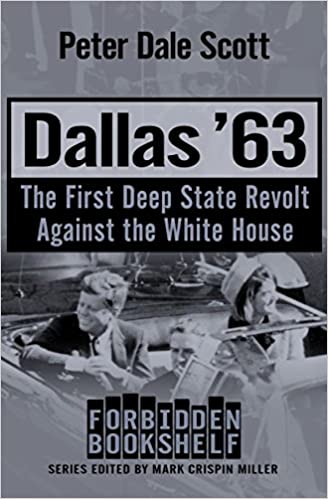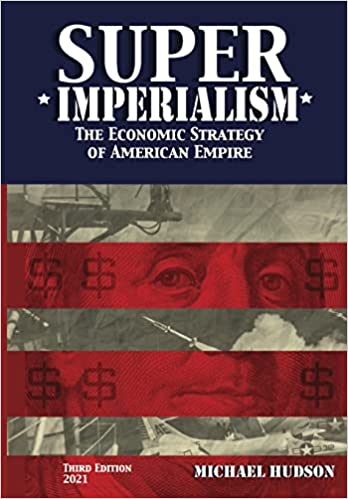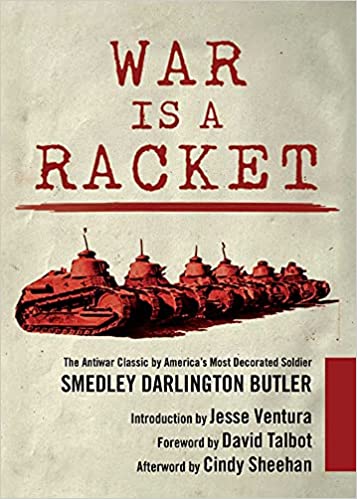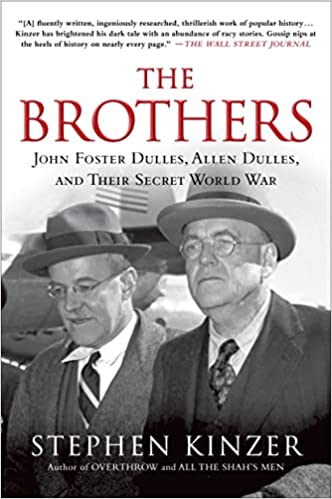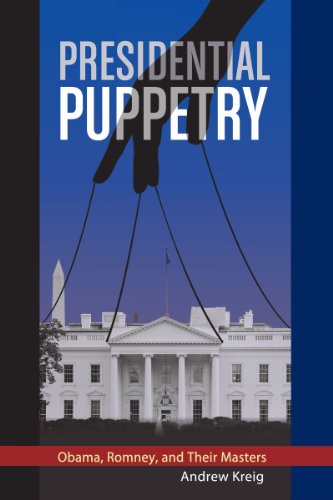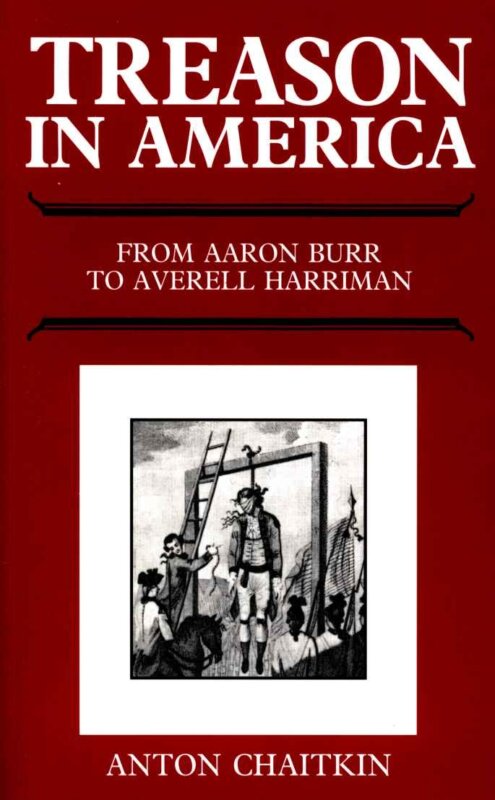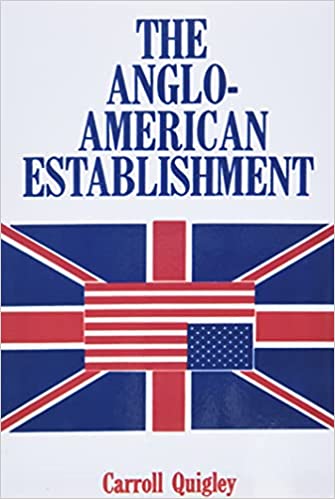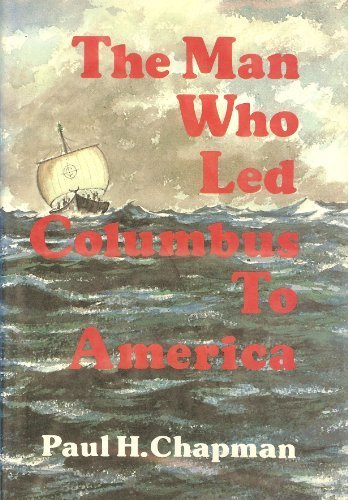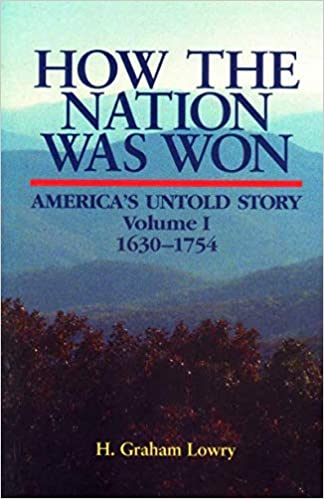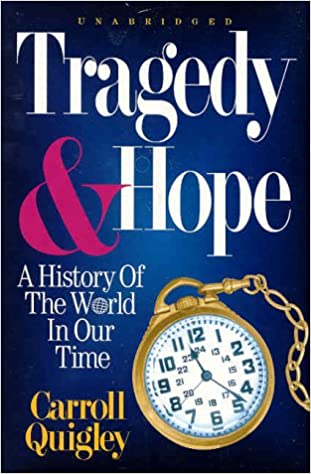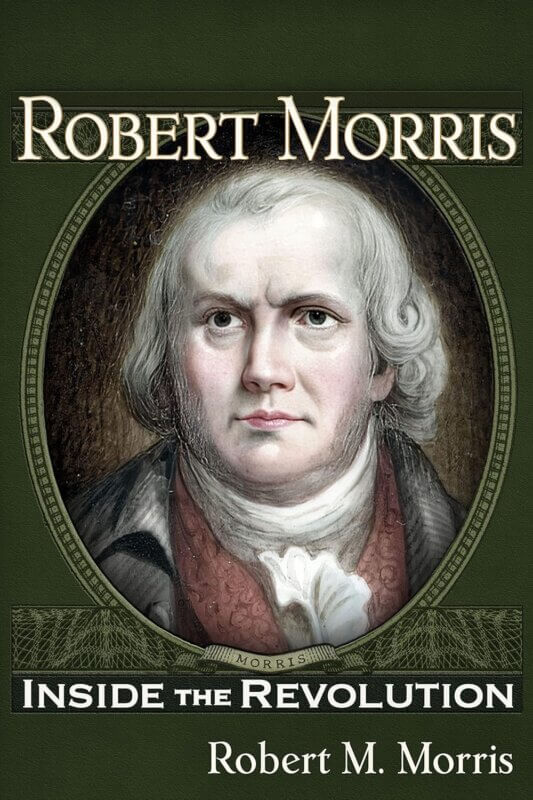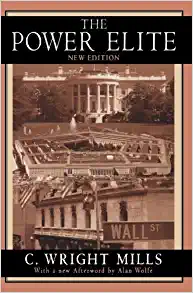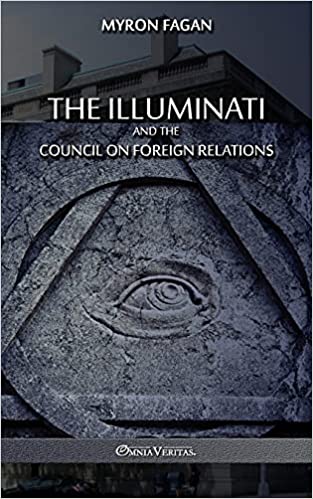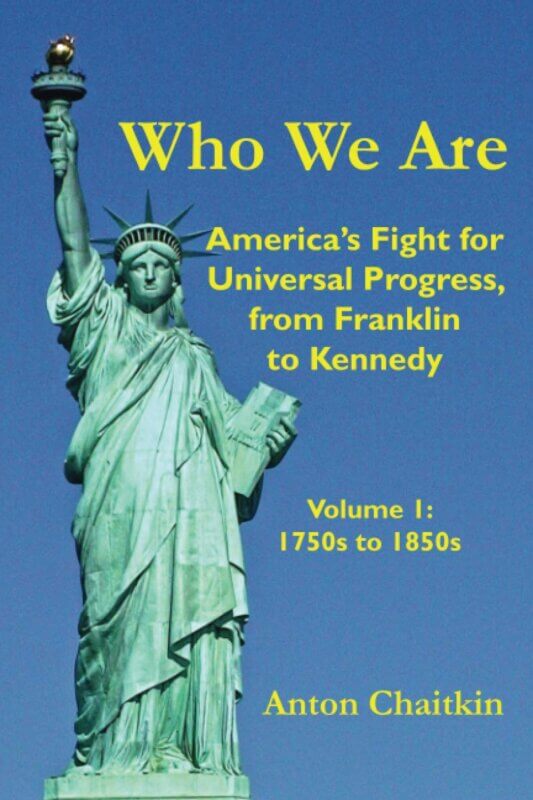
New Economic History Book Reveals Hidden Struggle Behind the Industrial Revolution
Visit: WhoWeAreBook.com.
Nationalist Statesmen Battle Wall Street and Southern Slaveholders in Fight to Create Canals, Railroads, and Modern Society
What motivated the key people who created the industrial revolution?
In this ground-breaking new book on economic history, author Anton Chaitkin takes you behind the scenes, to see the two sides struggling to control American policy: nationalist statesmen and industrial innovators versus the British Empire, Wall Street, and the Southern slaveholders.
Anton Chaitkin draws from over 40 years of research into American and world history to correct the disastrous flaw in how the history of modern times has been presented.
Both imperial apologists, such as Adam Smith, and “New Left” revisionists like Howard Zinn portray greed as the motive force for modern development. Chaitkin demonstrates that all great advancements in our power over nature were deliberate projects for improving humanity.
The author comments, "The only people who can seriously criticize the real evils of America today are those who seriously appreciate what America—uniquely—did right in the past. That's the purpose of the book."
Chaitkin wrote the best-selling Treason in America, co-authored George Bush: The Unauthorized Biography, and has written hundreds of sharply original investigative articles on American history. Some startling details from Who We Are:
• Benjamin Franklin guides his friends in England who develop the steam engine, canals, and steelmaking—and discover biochemical laws of nature.
• Lord Shelburne’s British Intelligence system acts to prevent other countries from acquiring new technical powers by fake insurrections and the “free trade” dogma.
• Franklin and his close allies guided America’s revolt against the empire, wrote the Constitution, and strategized for a strong industrial nation-state.
• Thomas Jefferson betrays his ideals, joins the enemy Shelburne apparatus, defends Southern slavery and British interests, and sabotages Alexander Hamilton’s founding development program.
• The British turned the French Revolution into anarchy and mass bloodshed—the first documented account of that regime-change intervention.
• America’s founding program remains blocked until a new generation of nationalist leaders fight the British again and start industrialization.
• Finally, in the 1820s, acting as a team in government and the military, an idealistic core group built U.S. canals, coal and iron industries, and railroads. They brought on modern times and actively aided other countries’ industrial progress against the violent opposition of the pro-slavery and British imperial interests. The book is extensively documented, and each chapter concludes with a section of relevant pictures.
Volume 1 takes us to the Civil War. Volume 2 (planned for 2021) carries the story of progress versus empire, from Abraham Lincoln to John F. Kennedy.
An accompanying website to the book contains color pictures, live links to the wealth of cited archival sources, and additional information.


